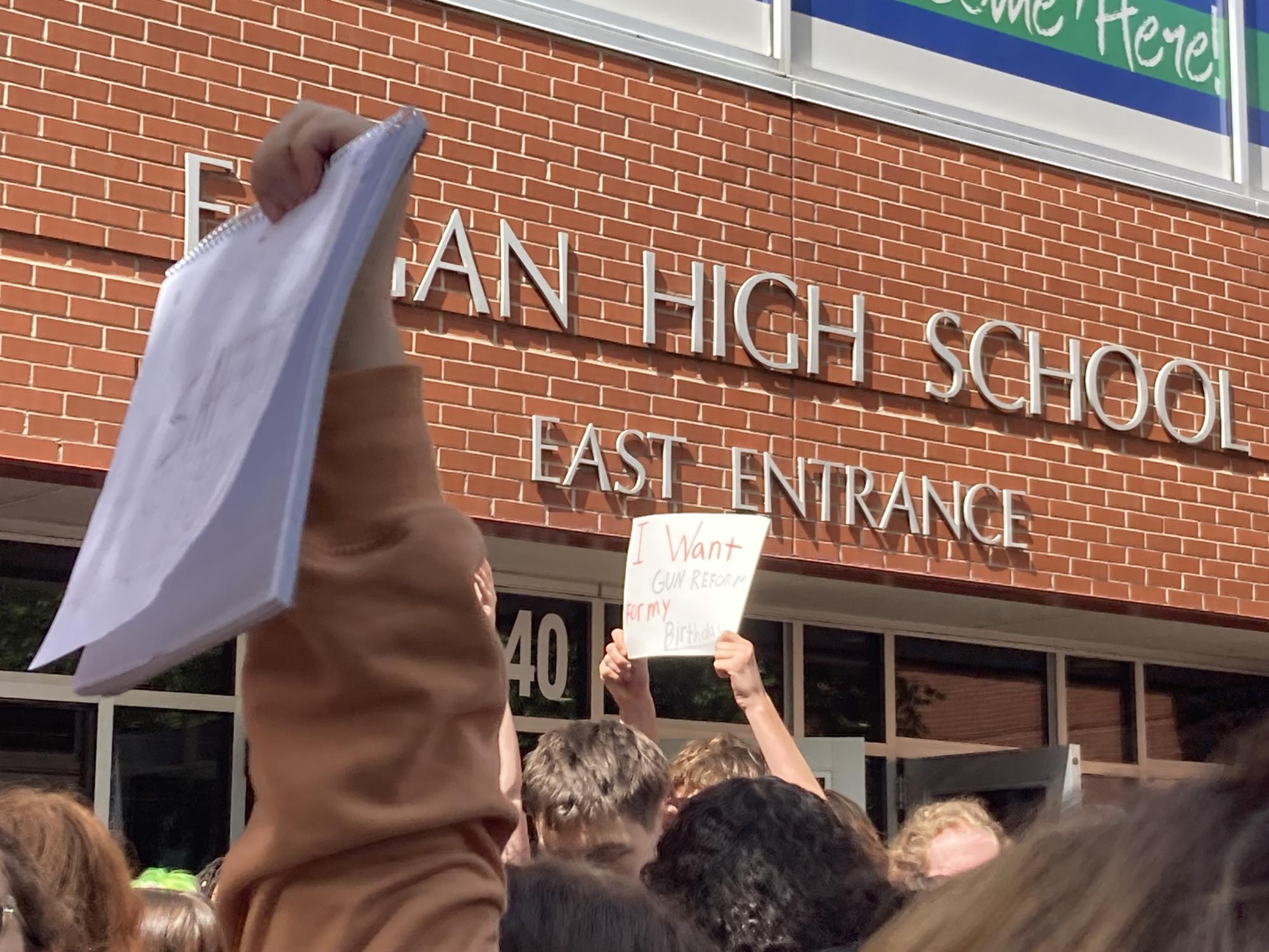School Cancellations- How Cold Is Too Cold?
February 17, 2016
It’s that time of year again; short, dark days followed by even colder darker mornings, the kind of mornings where your alarm goes off about ten times before you finally decide to peel back the covers and drift into your drafty room. Yup, it´s winter. Around Christmastime, the snow is similar to a magical frozen wonderland, but as the New Year passes the snow shifts from beautiful flurries into unwanted gray slush. It’s this time of year that grade schoolers pray to Jack Frost for blizzards or below zero weather. But no one seems to be completely certain of what the requirements for school cancellation really are, so how cold is too cold?
The first thing that is considered when deciding on whether to cancel school is road conditions. Although buses can drive through deep snow, it’s essential to find out whether intersections are clogged. By 3:45 am buses are out on the key roads to determine whether driving is safe and possible, and by 5:00 am the Transportation Department coordinator contacts the Superintendent to determine whether school should be cancelled or not. There is not a certain amount of snow we have to have to cancel school, it is all dependent upon how fast the snow is falling and how much the visibility of the driver is impaired.
Windchill is another key consideration to cancelling school. While there is not an exact number our district has to hit in order to cancel school, our neighboring districts have to have a -25℉ air temperature or a -40℉ to have school cancellation. They also have to take into account for how long kids will have to wait if buses are running late, as well as temperature reports for the rest of the day.
As far as whether or not we have a full day off or a half day, it depends upon the circumstances. Students are more likely to get a full day off rather than a late start or half day due to the difficulty of rescheduling buses and periods.







